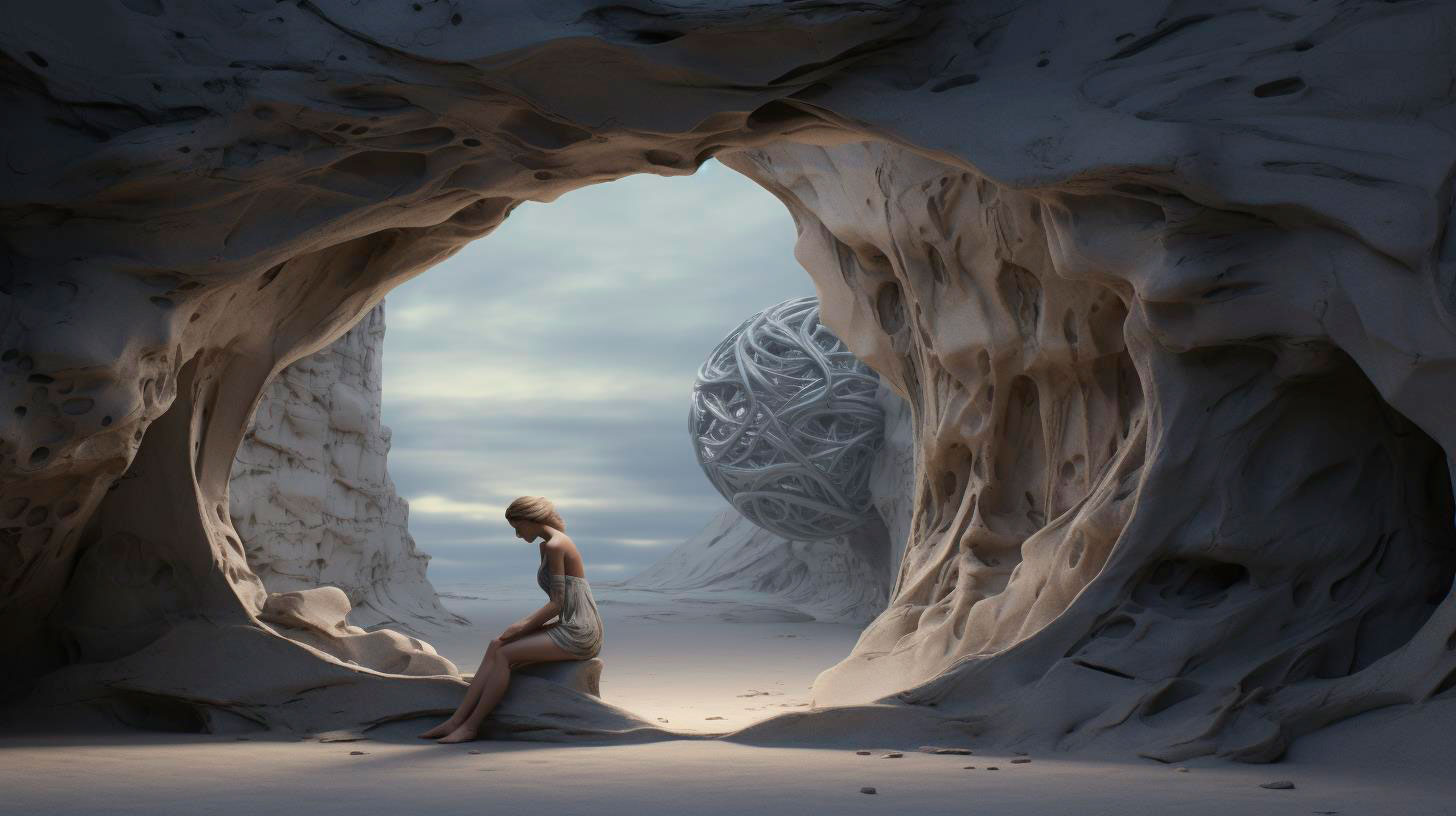Whether you’re a beginner or an experienced photographer, astrophotography opens up new possibilities for capturing the marvels of our universe.
Why is Astrophotography So Popular?
Astrophotography has gained immense popularity among photography enthusiasts and astronomy lovers alike. Let’s explore some key reasons why this art form continues to capture the imagination of many:
- Preserving memories: Astrophotography helps us preserve and share the memories of stargazing experiences. It allows us to capture the night sky in all its glory and create stunning visuals that convey the awe and wonder we feel when looking up at the stars.
- Unveiling the hidden beauty: Through long exposure techniques, astrophotography reveals the hidden beauty of celestial objects that the naked eye can’t perceive. It highlights intricate details, vibrant colors, and stunning patterns that often go unnoticed in the darkness of the night sky.
- Celestial storytelling: Photographs of the cosmos help tell captivating stories about our universe. Each image can convey a unique narrative, whether it’s showcasing the birth of a star, the collision of galaxies, or the elusive dance of the auroras.
- Advancements in technology: Technological advancements have democratized astrophotography, making it more accessible to photography enthusiasts. Highly sensitive camera sensors, powerful telescopes, and computer-guided mounts have revolutionized the way we capture celestial objects, elevating the quality of astrophotography.
Essential Equipment for Astrophotography
To embark on your journey into astrophotography, the right equipment is vital. Here are some essentials:
- Camera: A DSLR or mirrorless camera with manual controls and the capability to change lenses is ideal for astrophotography. Look for models with high ISO sensitivity and low noise performance.
- Telescope: A telescope allows you to capture the celestial objects with more detail and magnification. A telescope with a stable mount and tracking capabilities is recommended for long-exposure photography.
- Mount: A sturdy tripod or equatorial mount will provide stability during long exposures and prevent blurring of the images.
- Remote Shutter Release: This handy accessory allows you to trigger the camera shutter without physically touching it, minimizing vibration and blur.
- Post-processing software: Editing software such as Adobe Photoshop or Lightroom is essential for enhancing and fine-tuning your astrophotography images.
Remember, it’s important to research and invest in equipment that aligns with your level of expertise and interests. Astrophotography can be pursued with basic equipment as well, so don’t be discouraged if you’re just starting out.
Techniques for Spectacular Astrophotography
Mastering astrophotography requires practice and familiarity with different techniques. Here are some key tips to capture stunning celestial photographs:
- Choose the right location: Find a location away from light pollution to minimize unwanted ambient light. Dark skies provide better contrast and visibility of celestial objects.
- Use manual mode: Switch to manual mode on your camera to have full control over settings such as exposure, ISO, and aperture. Experimenting with these settings will help you achieve the desired results.
- Long-exposure photography: Utilize long exposure times to capture more light from faint objects and create stunning star trails. Balancing exposure time and accurate tracking with your mount is crucial to avoid star trailing and blurring.
- Stacking technique: Stacking multiple images of the same subject reduces noise and enhances details. This technique is particularly useful for capturing deep-sky objects like galaxies and nebulae.
- Patience is key: Astrophotography requires patience and persistence. Spend time studying the night sky, planning your shots, and experimenting with different settings to capture the perfect shot.
The Perks and Challenges of Astrophotography
Astrophotography comes with its own set of perks and challenges that make it both rewarding and demanding. Let’s take a closer look:
Perks:
- Unveiling the mysteries of the universe through stunning visuals.
- Creating a connection between science, art, and personal expression.
- Capturing rare and spectacular celestial events, such as meteor showers and eclipses.
- Joining a passionate community of astrophotographers who share knowledge and experiences.
Challenges:
- Light pollution interfering with visibility and image quality.
- Long exposure times that require patience and stable equipment.
- Challenging weather conditions, such as clouds and high humidity, impacting the clarity of images.
- Technical complexities involved in calibration, focusing, and post-processing of astrophotography images.
The Wonder Awaits!
Astrophotography allows us to capture the fascinating world beyond our reach. With the right equipment, techniques, and dedication, you can embark on a journey of discovery and capture breathtaking images of the cosmos. Whether you’re photographing the mesmerizing trails of the Milky Way or revealing distant galaxies, astrophotography enables us to appreciate the beauty and vastness of our universe.
So, gear up, venture out into the night, and let the wonders of astrophotography reveal themselves to you!


















+ There are no comments
Add yours